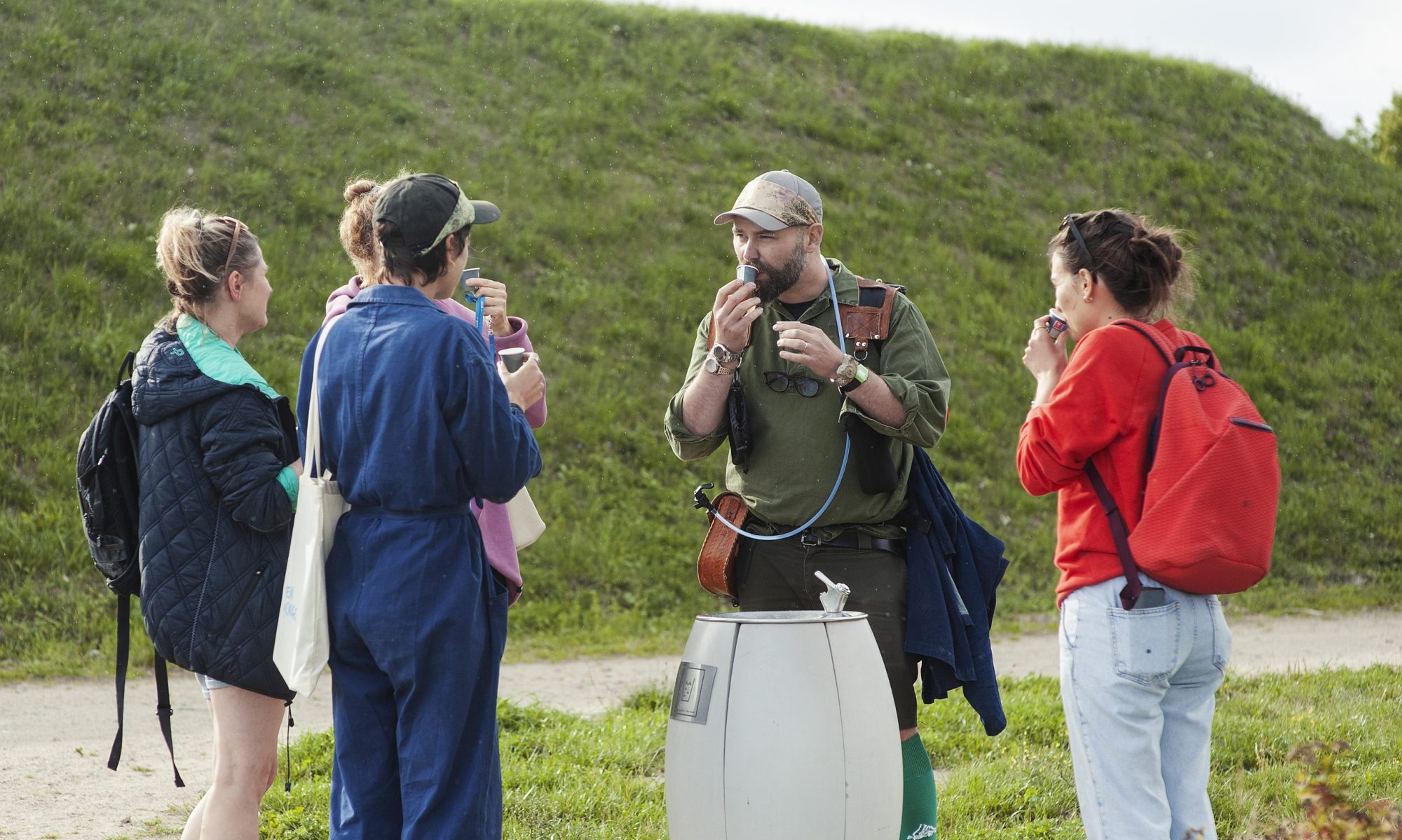A selection of the Trans-Siberian Railway -Sound Archive is now available on Freesound. There are 35 clips (1.7gb) and I think the gps data mapping of the recordings alone tells a nice story. I’ve included Helsinki as a part of the Trans-Siberian railway network… As it was intended when the Tsar had our rails build. The archive would work great as background noise for a train-story/documentary or for train themed games. I think some clips might work as chopped samples too. The indexing of the files is a bit messy but there are real gems in the mix. My favorite clips are:
- Break check at a station (chopped samples). https://freesound.org/people/ldezem/sounds/528237/
- Distant Russian trap music (rap background or intro). https://freesound.org/people/ldezem/sounds/528230/
- Bathing upright in a train toilet (documentary). https://freesound.org/people/ldezem/sounds/519470/
- Train cabin by night, wheels grind (unique melody of rails). https://freesound.org/people/ldezem/sounds/511306/
I’m listening to them while writing and I can feel the sounds vibrating my phone, which makes the clips feel material, like thin peals of the trip. Miinas note that the archive is linked with geology (or the process of harvesting geological samples for profit) feels acute. I like that the samples have interference sounds and occasionally my hands can be heard touching the mic. The interference makes the surrounding medias physical, it shows the limits of the recording technology and adds to the appeal. There is a clip were the microphone passes an x-ray machine for example. The material disturbances make me think of Viktor Toikkanen when he pushed his laptop to memory overload glitch territory when live-coding.
Our In Various Stages of Ruins exhibition series continues at Alkovi. The current exhibition titled Toxicity will be build gradually through the end of the summer towards the fall. Currently there are photos from the Town of Asbest on display, my humble C-Cassette recording we made with Jesse titled Two Men Coughing in the Woods (2020) and a set of DIY orthopedic supports I made for my feet (mentioned earlier).

